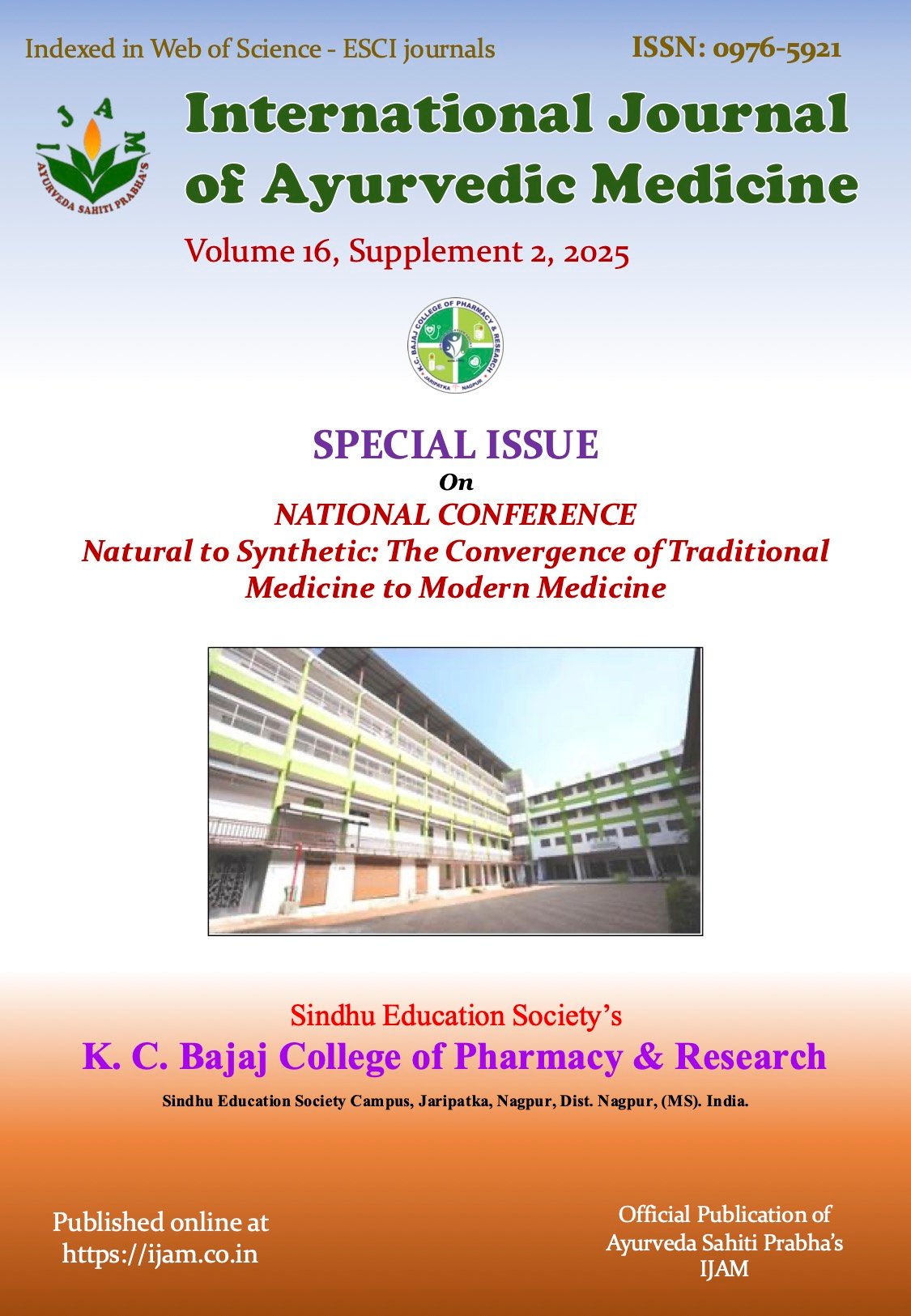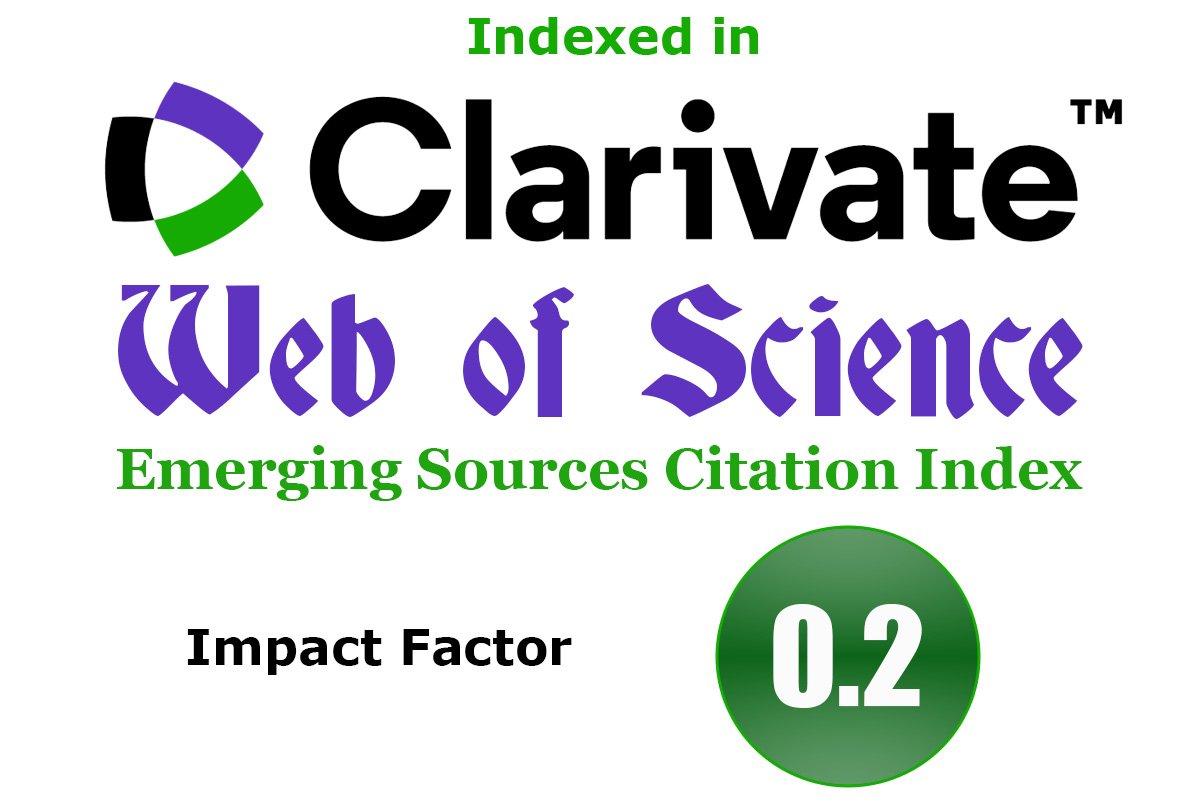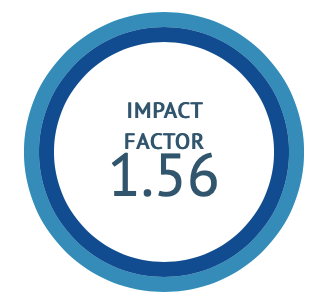Mimusops elengi Phytoconstituents In-silico Prediction for Alzheimer Disease
DOI:
https://doi.org/10.47552/ijam.v16iS2.6173Keywords:
Mimusops elengi, In-silico study, Alzheimer disease, Docking, ImmunosuppressantAbstract
Objective: Alzheimer's disease (AD), which predominantly affects older adults, is the primary cause of dementia, impacting 46 million people worldwide. By 2030 and 2050, respectively, there will be 74.7 and 131.5 million persons with AD, as the incidence rises exponentially every five years. The goals of treatment are to control symptoms, lessen clinical decline, and manage the burden of illness. Our study included in-silico testing of the phytoconstituents of Mimusops elengi for immunosuppressive effectiveness in the treatment of Alzheimer’s. Methods: Molecular docking is performed using Discovery Studio to evaluate the pattern of interaction between the crystal structure of the malarial proteins (PDB ID: 7UJQ & 7Q8V) and phytoconstituents from the Mimusops elengi plant. Swiss ADME and pkCSM were later used to test for both the pharmacokinetic profile and toxicity respectively. Result: According to the docking results, quercetin (-8.4 kcal/mol), myricetin (-8.5 kcal/mol), aesculin (-8.1 kcal/mol), and myricitrin (-9.3 kcal/mol) -9.7 kcal/mol for spinasterol Aesculin (-7.7 kcal/mol), Quercetin (-9.3 kcal/mol), Myricitrin (-9.9 kcal/mol), and Catechin (-8.2 kcal/mol) for 7UJQ macromolecule -8.2 kcal/mol of spinasterol The 7Q8V macromolecule's catechin (-9.1 kcal/mol) had the best binding to immunosuppressive action when compared to all other standards. Additionally, ADMET experiments showed that the pharmacokinetics and toxicity parameters were within acceptable bounds. Conclusions: The binding potential of phytoconstituents with an eye toward immunosuppressive function showed promising results. Along with providing important information on clinical treatment and pharmaceutical research, it encourages the use of Mimusops elengi.
Downloads
Published
How to Cite
Issue
Section
License
Copyright (c) 2025 International Journal of Ayurvedic Medicine

This work is licensed under a Creative Commons Attribution-NonCommercial-ShareAlike 4.0 International License.
The author hereby transfers, assigns, or conveys all copyright ownership to the International Journal of Ayurvedic Medicine (IJAM). By this transfer, the article becomes the property of the IJAM and may not be published elsewhere without written permission from the IJAM.
This transfer of copyright also implies transfer of rights for printed, electronic, microfilm, and facsimile publication. No royalty or other monetary compensation will be received for transferring the copyright of the article to the IJAM.
The IJAM, in turn, grants each author the right to republish the article in any book for which he or she is the author or editor, without paying royalties to the IJAM, subject to the express conditions that (a) the author notify IJAM in advance in writing of this republication and (b) a credit line attributes the original publication to IJAM.





